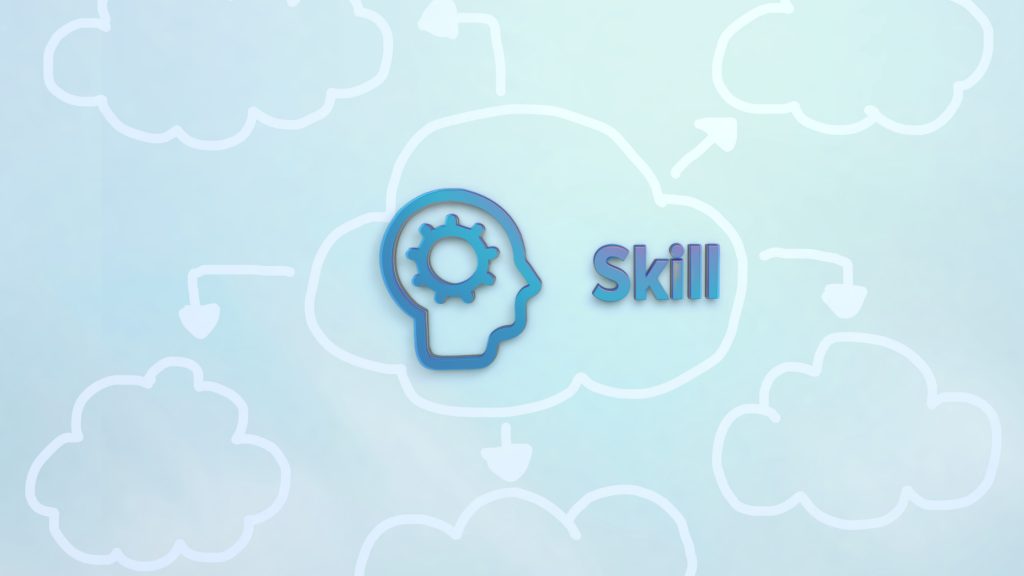
Workplace reskilling (retraining people for new jobs) and upskilling (augmenting skills for a current or similar job) are vital in responding to technology-driven change.
And when reskilling or upskilling, it is essential to understand and describe what skills need to be taught. Hence the need for a ‘skills taxonomy’ – i.e. a method for identifying and organizing skills.
Skills taxonomies are a technical topic, but they’re very important to a lot of everyday learning interactions, and the explosion of interest in reskilling and upskilling has meant that a lot of people are talking and writing about them. A recent podcast What Is A Skills Taxonomy Anyway? by leading HR and learning consultant Josh Bersin provides an excellent framework.
Bersin’s analysis prompted me to write again about this central learning issue, and how LearnerShape approaches it in a distinctive and disruptive way.
The best-known skills taxonomies are O*NET from the US Department of Labor and ESCO from the European Commission, but there are hundreds of others, some broad across sectors like O*NET and ESCO and some more focused (such as the European e-Competence Framework and SFIA in the IT sector). New taxonomies are being released all the time, such as one announced by the World Economic Forum Skills Consortium in January 2021 and LinkedIn Skills Path introduced in March 2021.
This proliferation is confusing. A single taxonomy can be manageable for an organization, but what about bringing in workers whose skills have been measured to a different taxonomy, or working with skill names or descriptions that are used in practice within the organization but don’t fit the taxonomy?
Further complicating the picture is the lack of agreement on what constitutes a ‘skill’. Bersin’s podcast draws the distinction between a ‘skill’ and a ‘capability’ . In a previous podcast he explained how ‘capability’ has evolved from ‘competency model’ (involving multiple skills and capabilities).
O*NET uses a completely different set of categories in the O*NET Content Model, summarized as: “Every occupation requires a different mix of knowledge, skills, and abilities, and is performed using a variety of activities and tasks.” Is that three areas of reskilling and upskilling – or five – or seven? – and which do we address first?’
While we agree that such categories are useful in theory, they are very difficult to apply in practice. Among other problems, categories can be difficult to distinguish and, even when they can be distinguished, there is overlap at the edges. And when two different content models collide, the result can be a ‘skills stew’: tasty for consultants, but insufficiently nourishing for most businesses.
LearnerShape addresses these challenges in a straightforward but non-obvious way: by avoiding the need to choose a fixed skills taxonomy. We started working on this disruptive approach two years ago, and we have been writing a lot about it since we began rolling out our flexible reskilling solution last year.
Our approach has two key elements:
Together, these two elements mean that skills can be assessed using whatever taxonomy (or other language) is used by a company, including a mix – which is the practical reality in nearly every company.
This brings us back to Bersin’s podcast. He identifies three dimensions of skills taxonomies:
Coordinating these three dimensions is where LearnerShape’s approach really shines.
Our software uses AI and data science to radically simplify the data and business dimensions. This approach allows us to avoid data complexity because we can use whatever taxonomy(ies) or language the business chooses, and – even more importantly – we help define the connections to business requirements using the same everyday language
Bersin explains that defining business requirements for reskilling is a human task that cannot easily be handled with software. We could not agree more. We think businesses should be able to use their own language in implementing reskilling and upskilling, rather than being constrained by a skills taxonomy.
This simplification has obvious benefits.
Conventional thinking assumes that a business must first make a focused effort to align itself around a skills taxonomy before it can make strategic personnel decisions. We don’t think so. Strategy and decision-making are crucial to a business, but using a fixed language is not. No one is telling boards of directors that they need a “strategy taxonomy” or a “M&A taxonomy” before talking properly about these crucial issues.
The same should be true of skills, and AI can make it happen.
In short, we believe businesses need tools that let them interact with the complexity of learning and reskilling in their own language. That’s what we’re building.
Come give it a try!
Maury Shenk, Co-Founder & CEO, LearnerShape